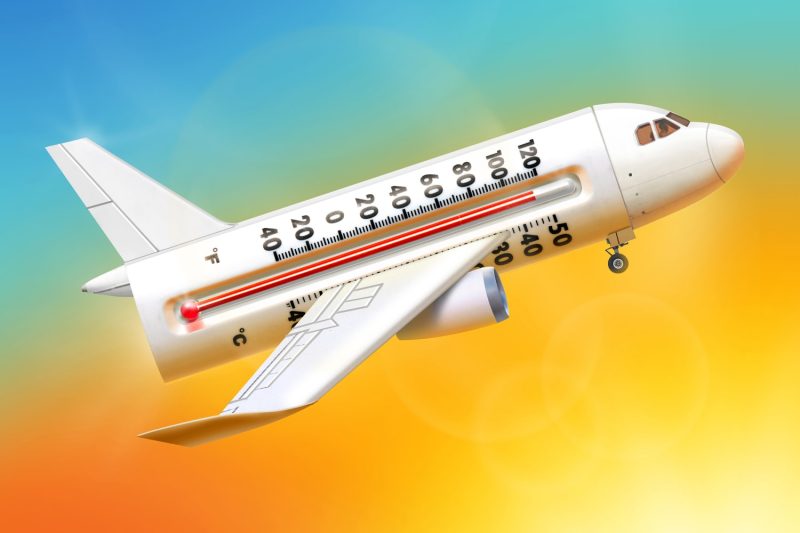Extreme Heat Makes Flying Harder, but Airlines and Airports Say They Aren’t Sweating It
The effects of extreme heat on air travel have been a growing concern for airlines and airports around the world. As global temperatures continue to rise, the challenges of operating flights in hot weather are becoming more apparent. From reduced aircraft performance to increased runway lengths, extreme heat can significantly impact the efficiency and safety of air travel.
One of the main issues that airlines face when operating in hot weather is reduced aircraft performance. High temperatures can decrease the density of the air, which in turn reduces the lift generated by the aircraft’s wings. This can make it harder for planes to take off and land, especially at high altitudes or on shorter runways. To counteract this effect, airlines may need to reduce the weight of the aircraft by carrying fewer passengers or less cargo, which can impact their bottom line.
In addition to reduced aircraft performance, extreme heat can also affect the infrastructure of airports. Runways are particularly vulnerable to the effects of high temperatures, as the asphalt can soften and become more susceptible to damage. This can lead to delays and cancellations as airports work to repair and maintain their runways in the face of rising temperatures. Some airports have started to invest in heat-resistant materials and cooling technologies to mitigate the impact of extreme heat on their operations.
Despite these challenges, many airlines and airports are confident in their ability to handle the effects of extreme heat on air travel. Modern aircraft are equipped with advanced technology that allows pilots to monitor and adjust for changes in temperature and air density, ensuring a safe and efficient flight experience. Airlines also have contingency plans in place to deal with extreme weather conditions, including rerouting flights or rescheduling trips to avoid the hottest parts of the day.
Overall, while extreme heat can make flying harder for airlines and airports, it is clear that they are up to the challenge. By investing in technology, infrastructure, and contingency planning, airlines and airports are prepared to navigate the complexities of operating in hot weather and ensure that passengers reach their destinations safely and on time. As climate change continues to impact the planet, the aviation industry will need to adapt and innovate to address the challenges of extreme heat and other environmental factors in the future.
